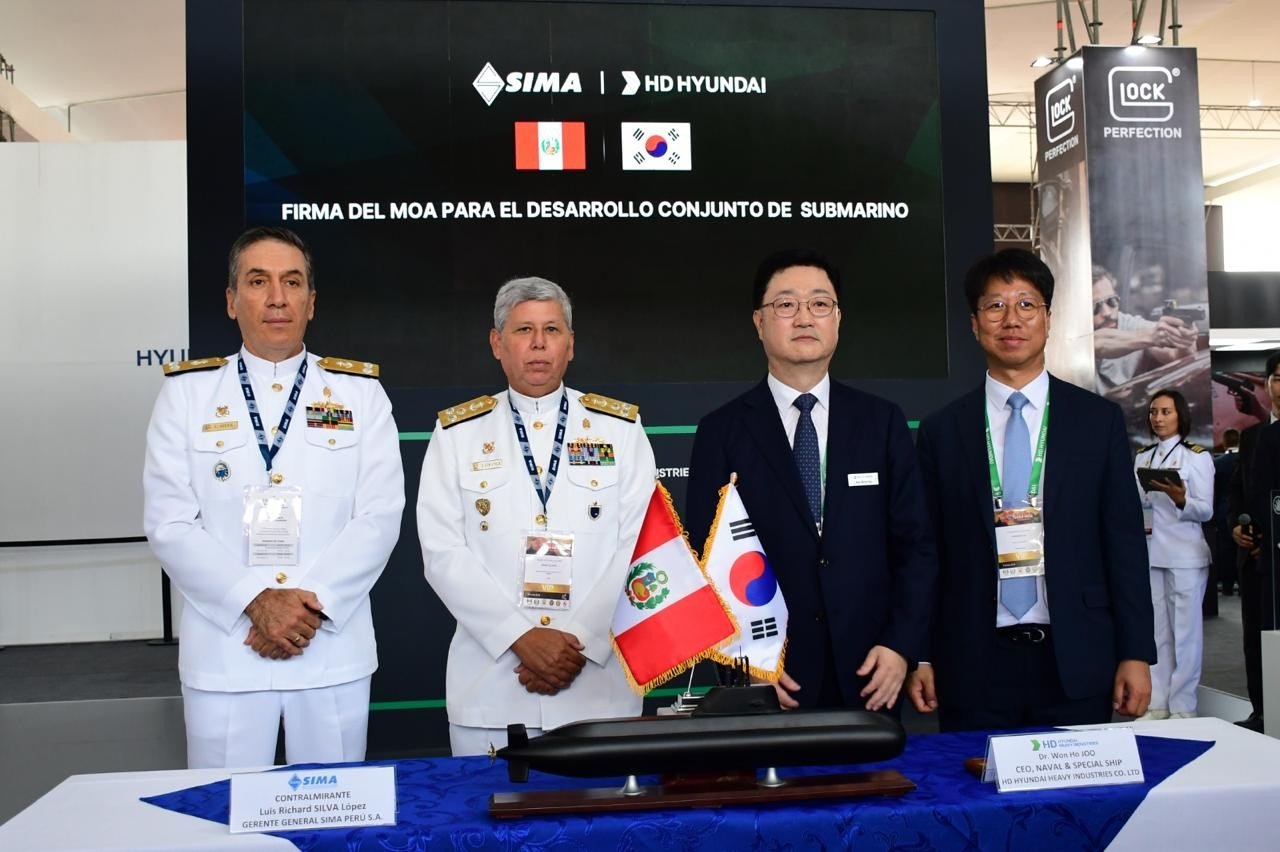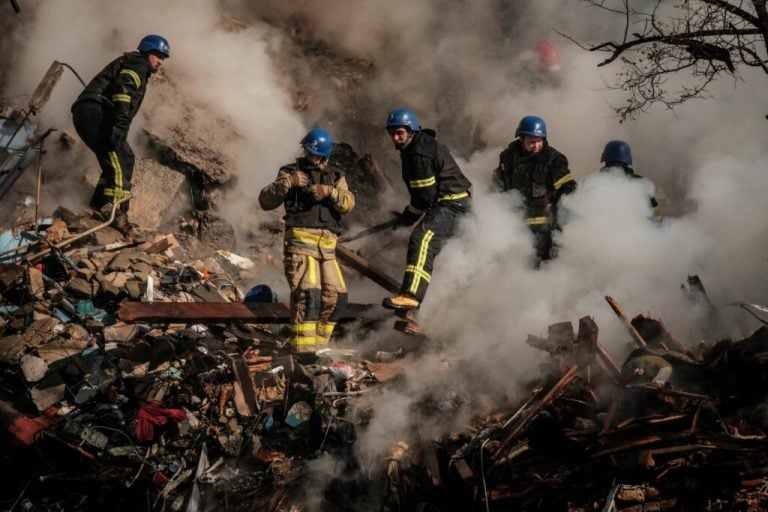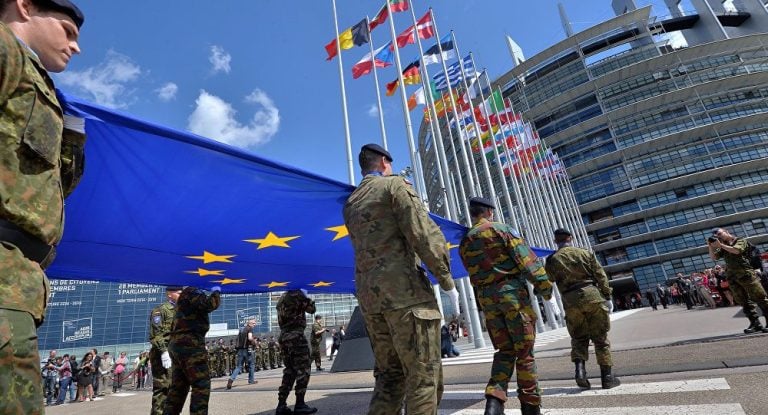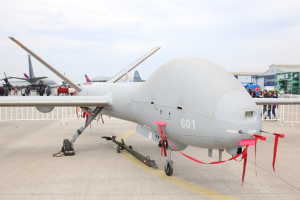In a significant move for its naval capabilities, South Korea’s HD Hyundai Heavy Industries has entered into a collaboration agreement with Peru’s state-owned shipbuilder SIMA. The partnership will focus on the joint development of a 1,500-ton submarine tailored for the Peruvian Navy. This initiative is a vital part of Peru’s broader maritime modernization program, aimed at rejuvenating its aging submarine fleet.
Currently, the Peruvian Navy operates six German-built Type 209 submarines, which include two Type 209/1100s and four Type 209/1200s. These diesel-electric submarines, commissioned between the 1970s and 1980s, have been integral to Peru’s undersea operations for over four decades. The new submarine being developed by HD Hyundai will be based on the advanced HDS-1500 design, representing a significant upgrade in both technology and capabilities.
The modernization project underscores the Latin American nation’s commitment to enhancing its naval force’s equipment. The agreement with HD Hyundai Heavy Industries expands upon a prior deal to co-develop four submarines for the navy, reinforcing the partnership between the two entities. This collaboration is further supported by a $462.9-million contract established last year, under which HD Hyundai began construction on various vessels for Peru’s Warship Project at SIMA’s Callao shipyard near Lima.
The wider initiative also includes plans to renew Peru’s combat fleet, which encompasses not only submarines but also a frigate, an offshore patrol vessel, and two amphibious landing craft. Joo Wonho, the Head of the Naval & Special Ship Business Unit at HD Hyundai Heavy Industries, emphasized the importance of this growing partnership. “We are expanding our cooperative relationship from surface vessels to submarines based on a long-term partnership with the Peruvian Navy,” he stated, highlighting the strategic nature of this collaboration.
The move to replace outdated submarines reflects Peru’s ongoing commitment to strengthening its defense capabilities and adapting to modern maritime challenges, thereby ensuring the nation remains well-prepared in an evolving geopolitical landscape.



















